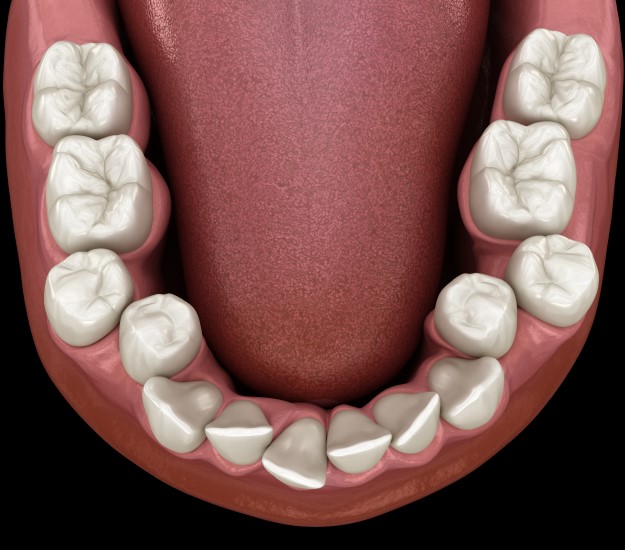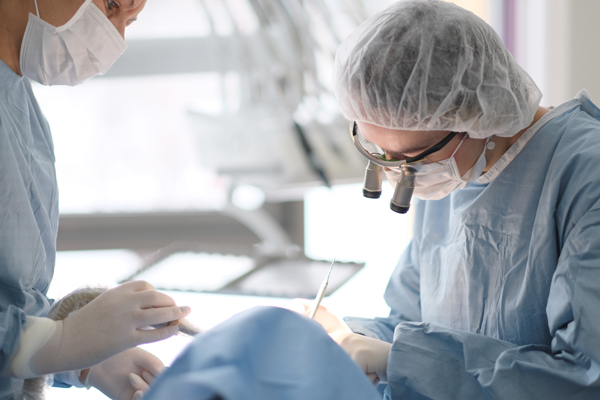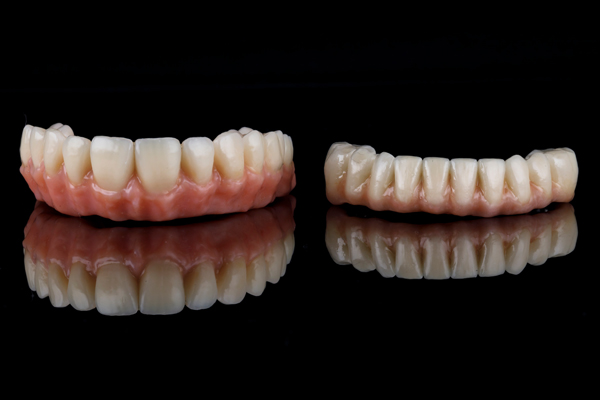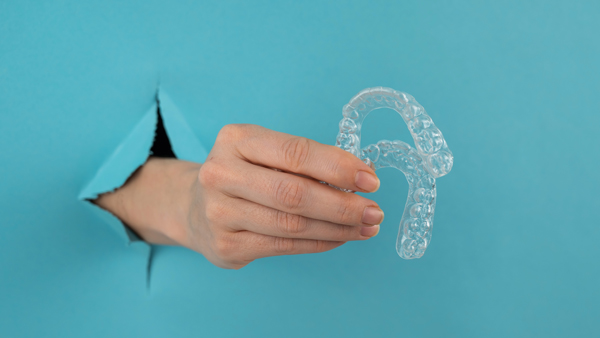Fixing BitesHighlands Ranch, CO
Modern orthodontics focuses not only on correcting crooked teeth but on fixing occlusion problems. Occlusion refers to the way the top and bottom sets of teeth fit together, and malocclusion is a condition where the top and bottom teeth do not fit together correctly. A misaligned bite can cause various health problems and even psychological issues.
How do malocclusions happen?
Most malocclusions arise during childhood when the adult teeth and jawbone go through the most drastic period of development. Hereditary factors and habits like thumb sucking can negatively affect the shape and bone density of the jaw.
When malocclusions are left untreated, the condition of the mouth worsens over time. Both the functionality and appearance of the teeth and facial shape are threatened by an unchecked misaligned bite. Difficulty eating, speech impediments and jaw-hinge pain are only the tip of the iceberg when it comes to issues associated with malocclusion. A bite that does not match up also puts the patient at a higher risk for cavities and gum disease due to the heightened exposure of the teeth and soft tissue.
TThere are generally four major types of malocclusion in orthodontics: Overbite, underbite, crossbite and an open bite. Each of these bite issues is caused by various reasons and is therefore treated differently on a case by case basis.
Check out what others are saying about our Fixing Bites services on Google: Fixing Bites Highlands Ranch
Overbite
Overbite is the most common malocclusion experienced by dental and orthodontic patients. Known as a class II malocclusion, or retrognathism, an overbite is a severe overlap of the upper jaw over the bottom jaw.
There are two types of overbite: vertical and horizontal. In patients with a horizontal overbite, the top teeth jut outward in front of the bottom teeth. Vertical overbites are characterized by the top teeth severely overlapping the bottom teeth. Overbites can be caused either by dental or jawbone development issues.
The jaw can develop improperly during childhood for many different reasons. Although the cause is usually hereditary, childhood habits like thumb sucking, tongue thrusting and use of a pacifier past infancy can cause the jaw to grow unevenly.
Treatments for an overbite
The majority of malocclusions reported are overbites. Due to the great number of cases, there are many treatments for this common condition. However, the treatment depends on the severity of the problem and the cause of the overbite. For example, overbites caused by dental issues are treated differently than those caused by skeletal issues. Both children and adults are prone to overbites, so treatment can vary depending on age as well.
Treatments for children include:
- Braces
- Retainers to keep teeth in position after braces have been removed
- Removal of excess teeth and baby teeth to make room for adult teeth
- Growth modification devices to change the shape or position of the jawbone
Treatments for adults with overbite:
- Braces to correct teeth positioning and jaw shape
- Removal of excess teeth (wisdom teeth)
- Surgery (overbites with a skeletal origin will need surgery)
- Extraction of one or more molars to give other teeth room to adjust
Overbites are quite common and are nothing to be ashamed of. A sure sign of an overbite is a constant, dull pain in the hinge of the jaw. Nightly teeth grinding can also occur when an overbite is apparent.
Underbite
Also known as prognathism, this class 3 malocclusion occurs when the lower jaw juts forward and overtakes the top teeth. In a more severe underbite, the top teeth and bottom teeth may not come together at all. This leaves a space between teeth and can make eating and speaking properly much more difficult.
Underbites are almost always due to hereditary factors and are present at birth. Those with other conditions such as gigantism or Crouzon syndrome may be more prone to prognathism. Like the more common overbite, those with an underbite may experience jaw pain, difficulties eating and speaking, increased cavities and nighttime breathing problems due to the teeth not closing correctly.
Treatments for an underbite
Depending on the severity of the underbite, treatment may vary. Some common methods for correcting an underbite include:
- Upper jaw expander
- Reverse pull face mask
- Cosmetic dentistry
- Orthognathic jaw surgery (for severe cases and adult patients)
UUpper jaw expanders work by placing a device across the upper palate. The wire appliance is fitted with a key, and each night the patient turns that key to gradually expand the top teeth so they close properly with bottom teeth. The reverse pull face mask is a device that pulls back the lower jaw over time by using bands attached to the upper molars.
Cosmetic dentistry methods can be used when the underbite is very mild. Reshaping the lower teeth and applying veneers to the top teeth do not only alleviate jaw issues by correcting the bite, but it lessens the appearance of an underbite. Orthognathic surgery, where an oral surgeon alters the jawbone, is needed in severe cases in adult patients.
Crossbite
In order for the bite to function properly, the top teeth must be aligned just outside the bottom teeth in order for them to fit correctly. When some lower teeth are placed outside top teeth, this condition is known as a crossbite.
There are two main types of crossbite: anterior and posterior. Anterior crossbite occurs when front upper teeth are placed behind lower teeth, and posterior simply means back upper teeth are placed behind back lower teeth.
Although the least visible of all malocclusions, a crossbite can cause similar complications like tooth decay and jaw pain. Like an overbite, the crossbite is usually hereditary or caused by improper jaw development or childhood oral habits.
Treatments for a crossbite
- Upper jaw expander used for expansion of the palate
- Removable expander device
- Retainer
- Surgical palatal expansion
Open bite
An open bite is one of the most noticeable and severe types of malocclusion. Open bites are characterized by the upper and lower teeth being unable to meet despite complete jaw closure. Again, caused by poor childhood habits or hereditary factors, open bites create a unique problem where biting down on food becomes nearly impossible.
Treatment options for an open bite
- Bite block
- Roller appliance
- High pull headgear
- Surgery
A bite block is a plastic device attached to the molars. It slowly adjusts back teeth so the bite gradually moves more closely together. Roller appliances are small wire devices with a bead which are attached to the back of the mouth. Meant to discourage tongue thrusting, rollers keep the tongue resting in a more natural position. These devices are most helpful for young children who thrust their tongue forward.
High pull headgear works by guiding jaw growth in younger patients. This is a noninvasive way to correct an open bite. Finally, surgery is sometimes needed for an adult patient whose bite has fully formed into an open position.
Bottom line
Correcting a bad bite begins with scheduling an appointment with your orthodontist. No matter the severity or cause of a malocclusion, getting it adjusted is the first step in improving your smile and achieving a fixed bite.
Colorado Precision Dentistry is located at 66 Springer Dr #204 Highlands Ranch, CO 80129.





